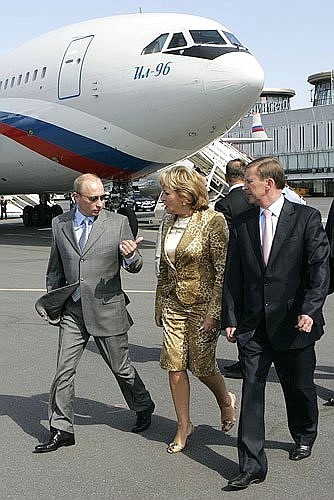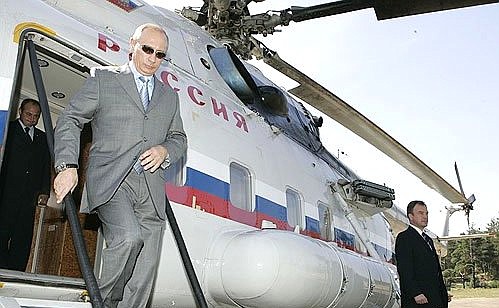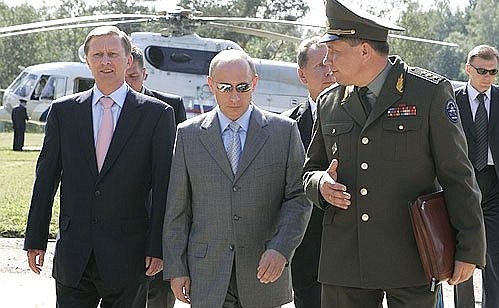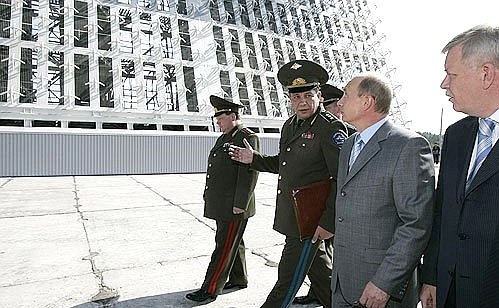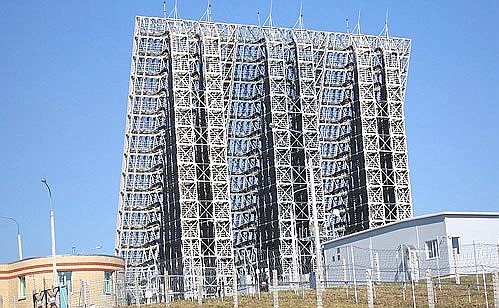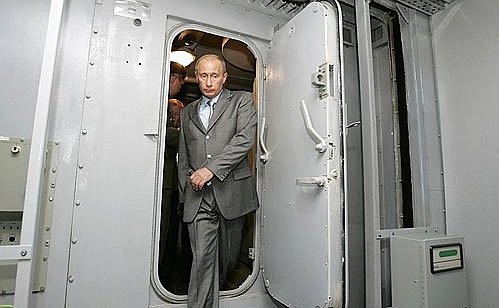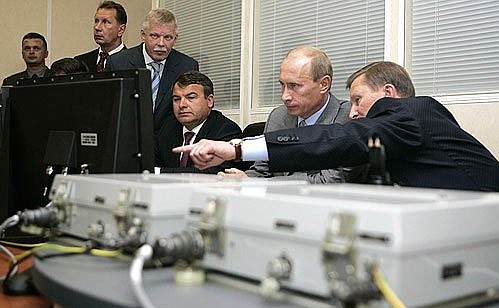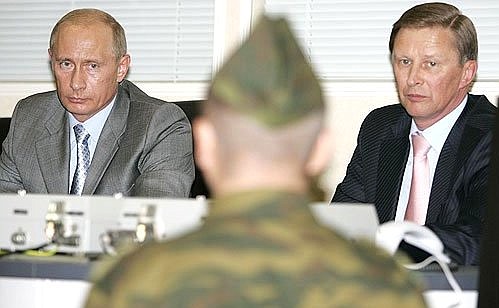The President flew to Lekhtusi in a helicopter from the St Petersburg airport. Vladimir Putin arrived in St Petersburg after a working visit.
The advantage of the Voronezh radar station consists in that, unlike previous such radar stations that required huge facilities, it is much more compact yet does not compromise on either strategic or technical attributes. The factors that triggered the construction of the Voronezh radar station include the high cost for constructing the facilities required by such installations and the high cost associated with maintaining and operating existing radar stations, especially those that remained on the territories of CIS member states following the dissolution of the Soviet Union. In addition, the rapid development of computer technology, the ability to process radar data, antenna systems and other technologies require a more flexible approach towards modernising such facilities. The Voronezh radar station is part of Russia’s early warning missile defence system. The Voronezh radar station is currently at operational readiness. In accordance with the plans for constructing the Space Forces, another similar radar station will be established in Armavir, a city in southern Russia.
During his visit to the radar station Vladimir Putin was accompanied by Space Forces Commander Vladimir Popovkin, Unit Commander Konstantin Kamenshchik, Director of the Director of the Federal Agency for Special Construction Nikolai Abroskin, and Director General of the Concern Radiotechnical and Informational Systems Sergei Boev.
The President inspected the radar station. Radar station employees showed the head of state what would happen in the event that ballistic missiles were launched at Russia from abroad. At the command post the President witnessed the defense simulation model at work. During this exercise the Voronezh radar station successfully discovered and promptly transmitted data on the launch of three ballistic missiles at three Russian cities. The time and place of the launch and of the impact, as well as data on the missiles themselves were immediately reported to the commander.
Following his visit to the radar station the head of state held a meeting on the state of affairs in this field.
